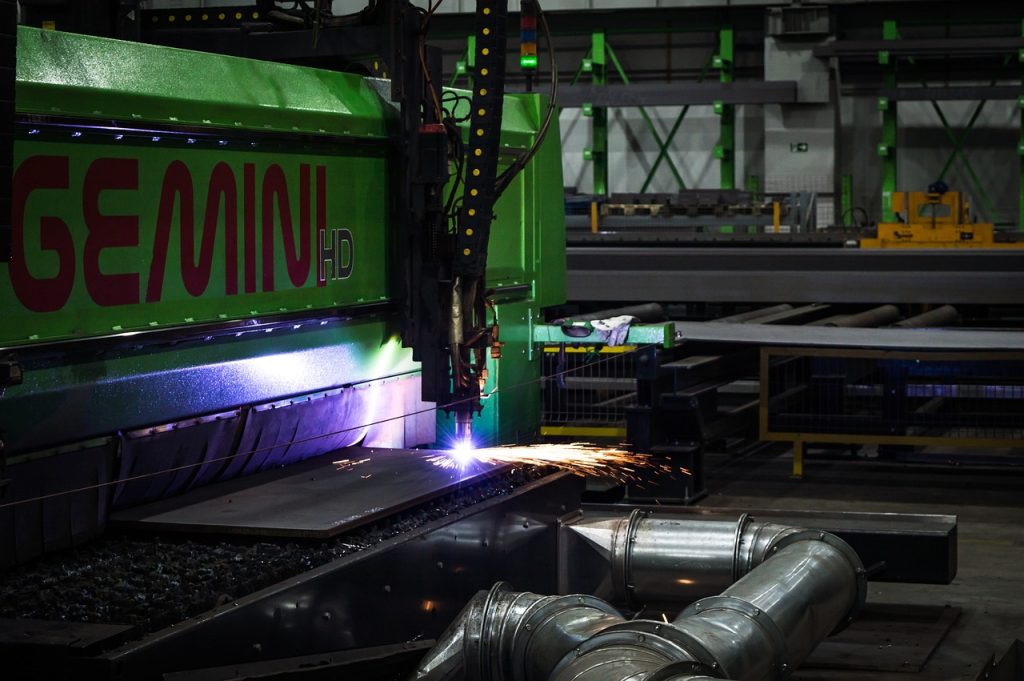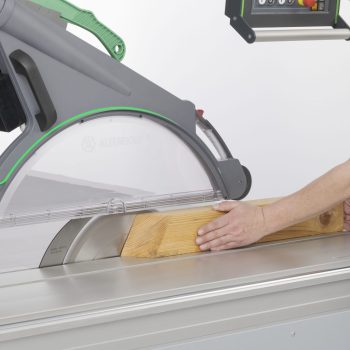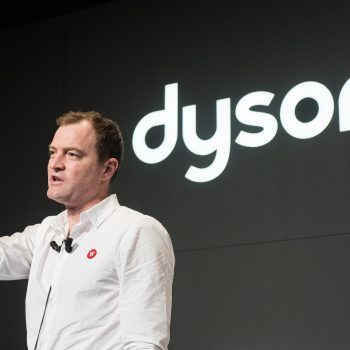In recent years, on-demand manufacturing platforms have become a multi-billion euro market. While these platforms cater to various production technologies, geographic regions, and customer needs, they all follow a common process: Customers upload a 3D model of their desired part, specify the requirements, and almost instantly receive a price quote. The platform then transmits the manufacturing order to a manufacturer within its network, who produces the part and ships it to the client. This streamlines the customer’s experience, eliminates the need to contact multiple manufacturers, enhances process transparency, and ensures high-quality manufacturing.
The benefits of on-demand manufacturing platforms extend beyond the customer side. Many participating manufacturers on these platforms are small or medium-sized businesses primarily serving local or national clients. During periods of low demand, they often face underutilization. On-demand manufacturing platforms address this issue by expanding their reach and customer base. They also simplify the quoting process and credit management for manufacturers. Additionally, the platforms automatically check part designs for manufacturability, allowing manufacturers to focus on what they do best: producing parts.

At Roland Berger, the firm categorizes on-demand platforms into three types currently active in the market.
Consolidators: These platforms maintain their network of manufacturing locations under the same umbrella brand. Typically, this network is relatively small and has limited global reach.
Brokers: In this model, parts are produced by a network of independent, qualified manufacturers who operate as partners of the platform. This approach enables the platform to achieve greater scale and a broader global reach.
Consolidators/Brokers: These platforms operate hybrid networks, which include manufacturing locations owned by the company running the platform, alongside a network of independent, qualified partners.
Most on-demand platforms currently focus on meeting customers’ immediate needs, which highlights a limitation of the model: they struggle to achieve economies of scale when dealing with consistently high demands for parts in series production. This approach provides customers with less information about the manufacturer and the specific processes used, potentially making it challenging to identify quality issues. Furthermore, not all platforms offer the same mix of manufacturing and engineering services as traditional manufacturers, particularly in the context of special or OEM standards.
To address these limitations, certain platforms are broadening their offerings. Some are expanding their coverage to accommodate larger production runs, while others are leveraging their immediate business to assist customers in developing a series production strategy, guiding them in selecting production technologies and manufacturers. Some platforms are even establishing manufacturers dedicated to producing predefined parts that customers can order on demand, effectively creating a digital warehouse.”
Download the full study here.










